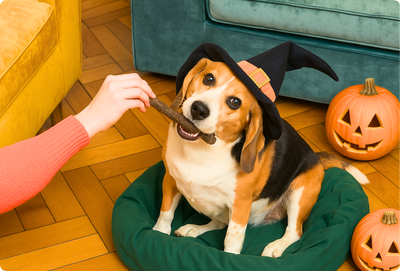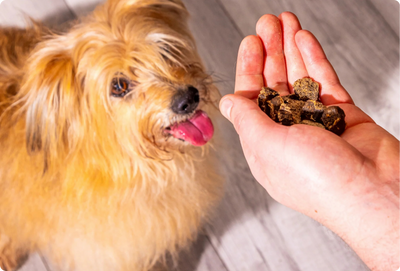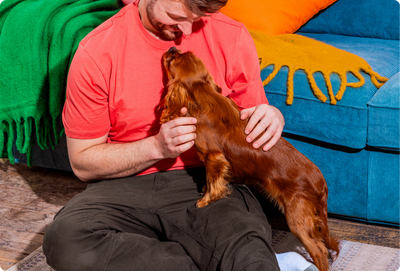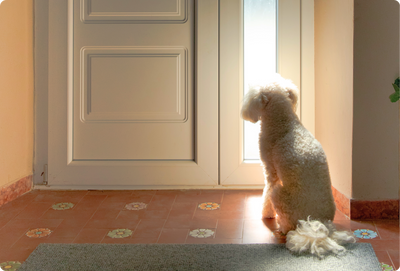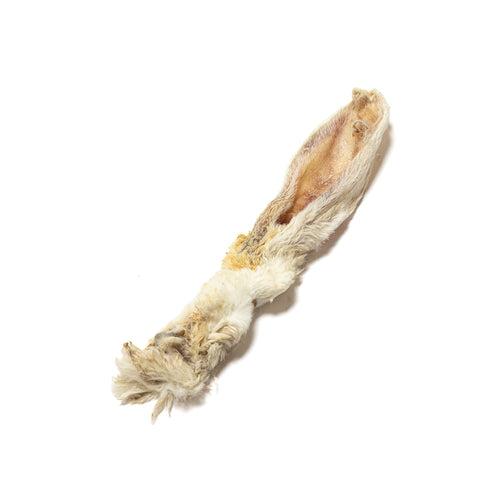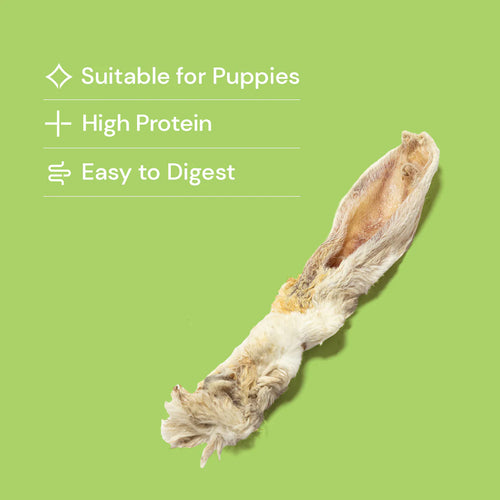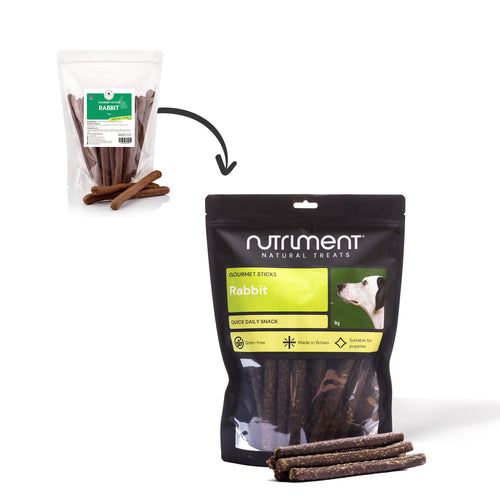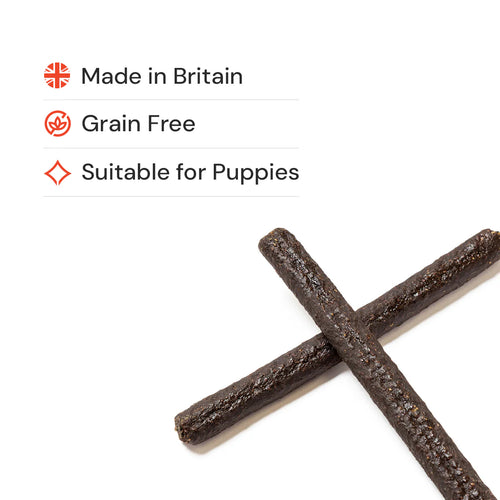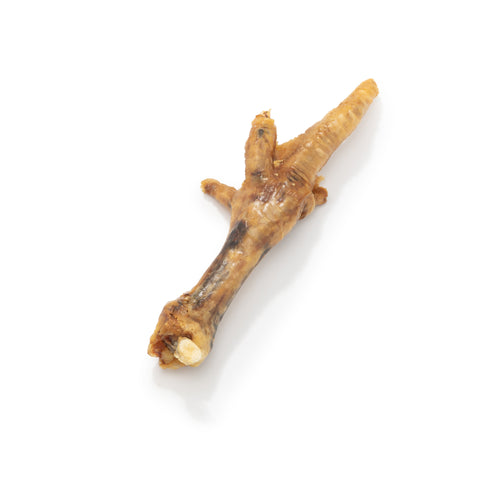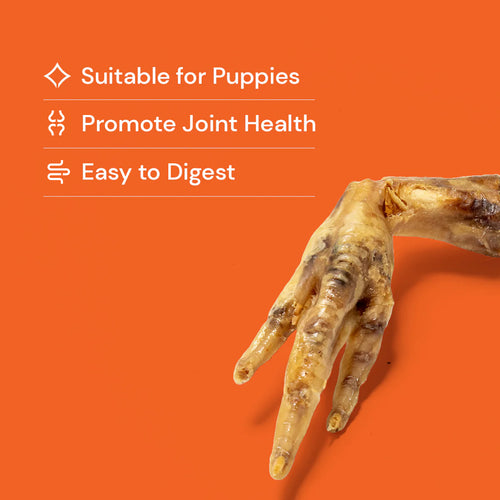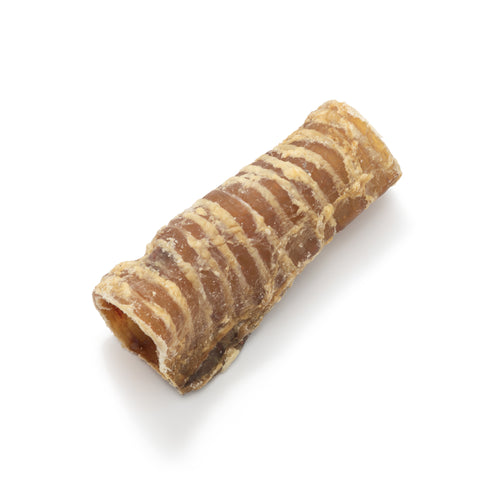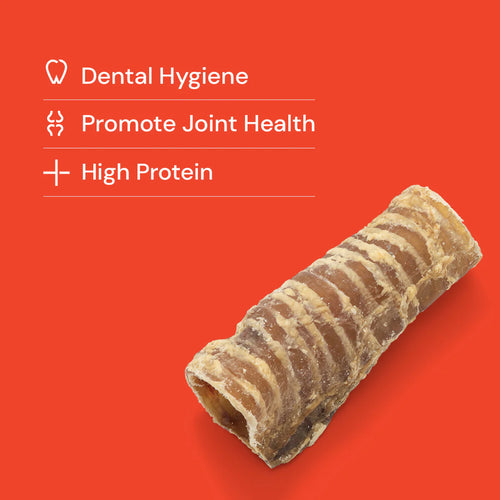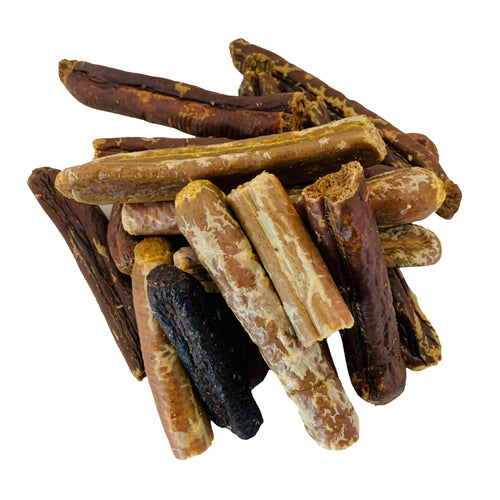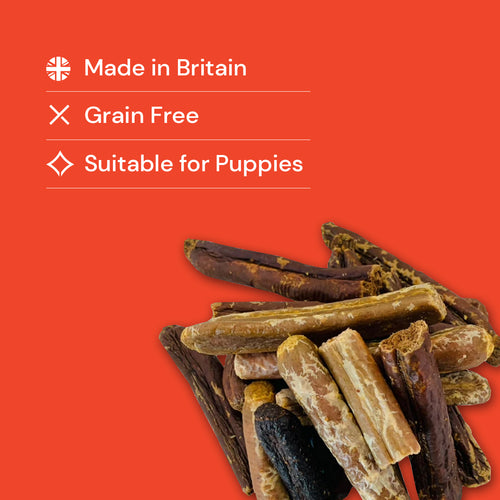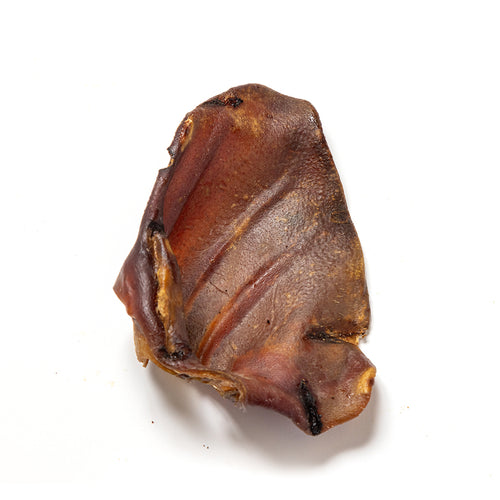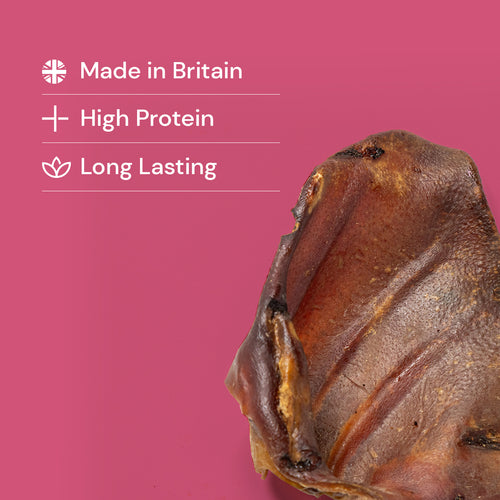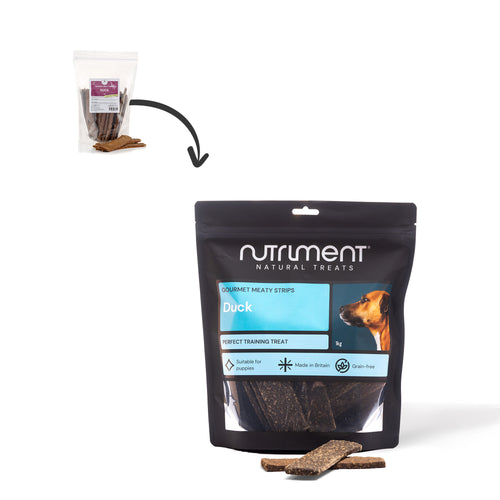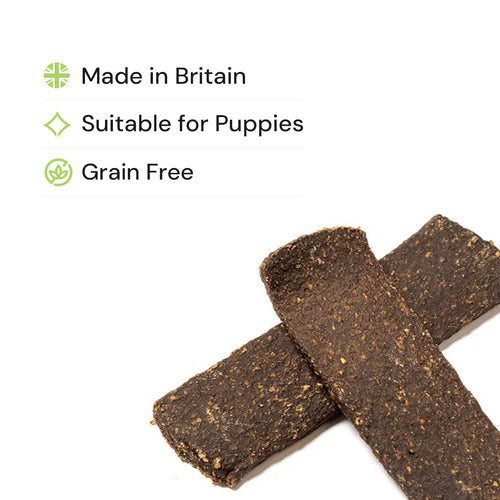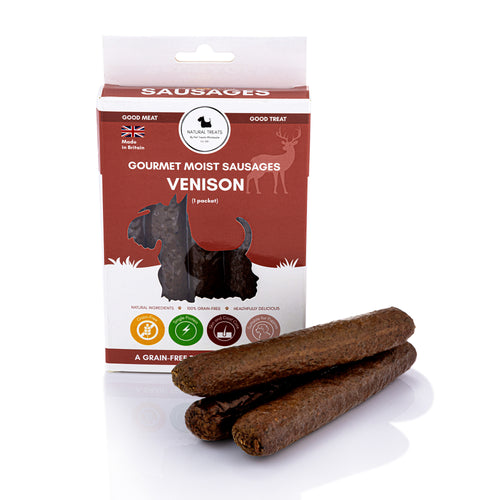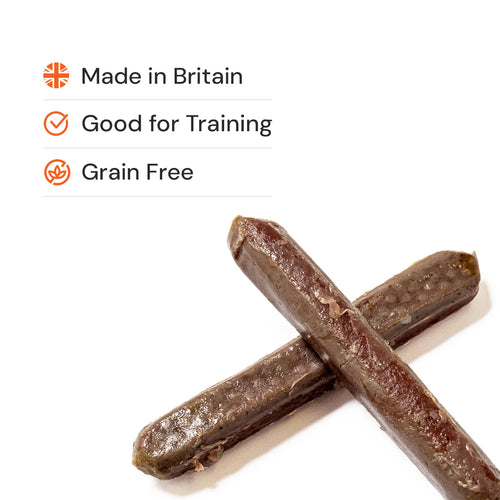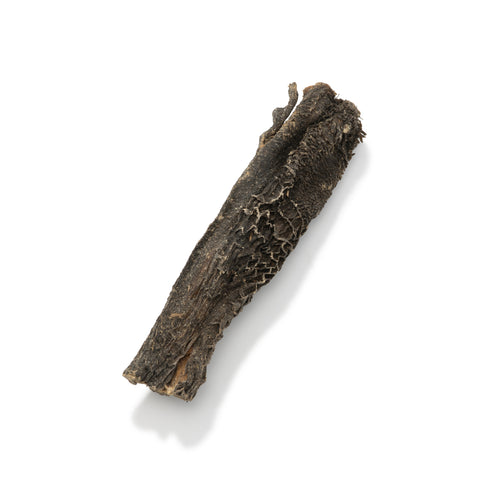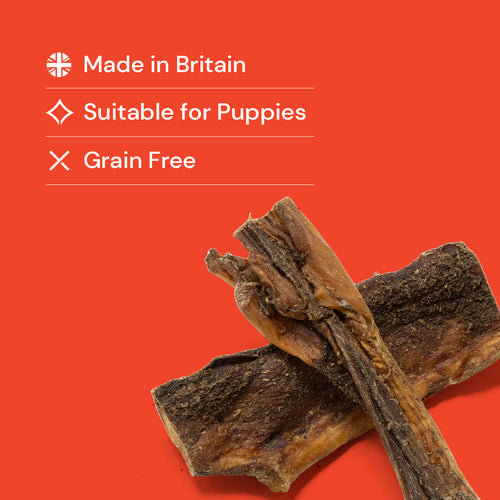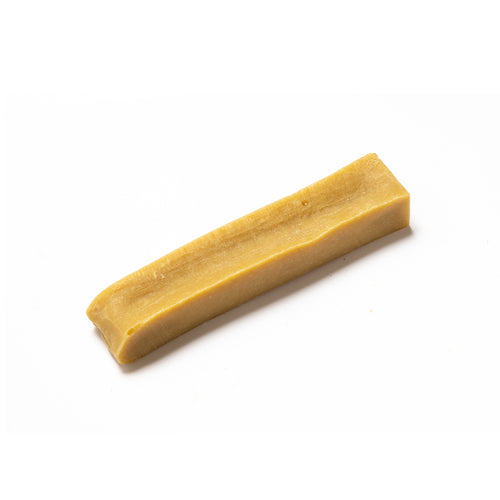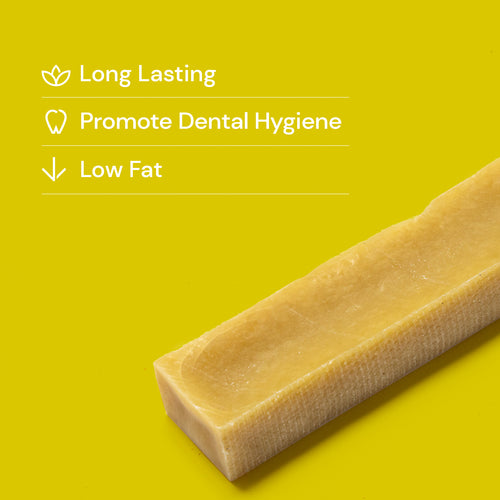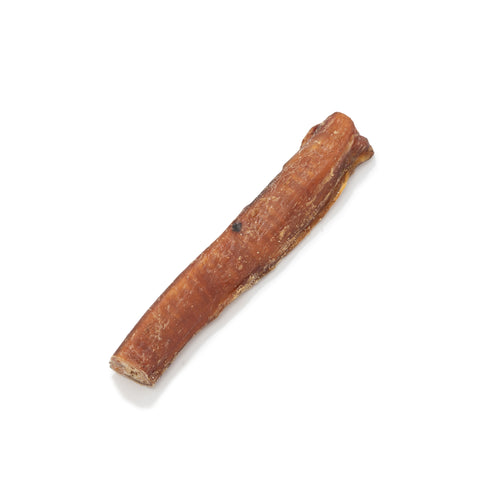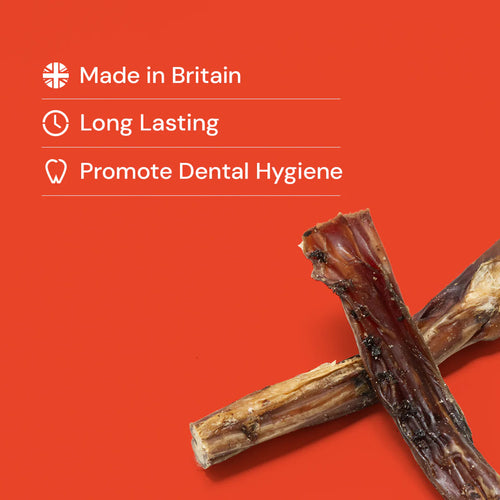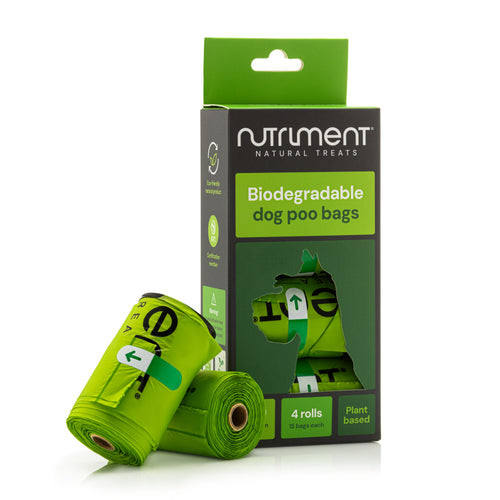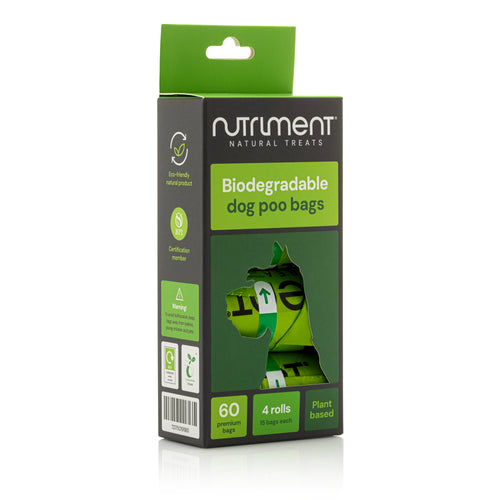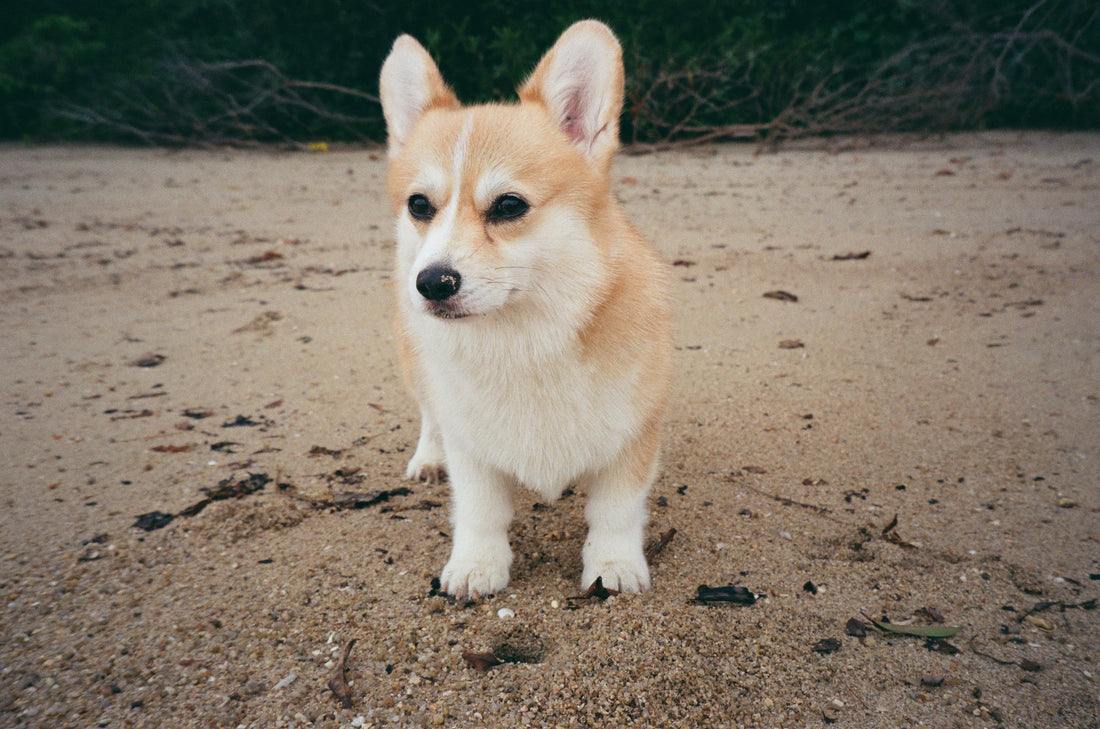
(Written by Georgia Hatton)
This week is the Queen’s platinum jubilee - a celebration marking 70 years of her being on the throne.
For her 18th birthday, the then princess Elizabeth was given Susan - a Pembroke Welsh corgi - and the first of a 14 generation line that would see the Queen owning over 30 of them - the last of which, Willow, passed away in 2018.

Yesterdays-Paper on DeviantArt
After 3 corgi-less years, the queen and single surviving dorgi (daschund/corgi cross) Candy were joined by Muick the Corgi, followed by another puppy in April 2021.
At Buckingham palace, the corgis have their own room, are looked after by two footmen and have their own menu - and here we’ll find out more about the queen’s favourite breed!
Officially, there are two varieties of corgi; the Pembroke is the most popular - with it’s cousin, the Cardigan, being overlooked for lacking the royal patronage.


In general, the pembroke is considered to be more active and outgoing, whilst the cardigan is quieter, and may take a little longer to warm up to strangers!
Despite their long body and short stature, Pembroke corgis are proficient pastoral dogs - dogs in this group are herders, and they are no exception! They nip the heels of the animals they are herding to keep them moving - from ducks to cattle, corgis will herd them all!
Of course, few are used as herding dogs these days, but their stamina and intelligence make them great pets for active families - as long as they get suitable exercise and stimulation to keep the herding instinct in check.
They are a sturdy breed, with males weighing up to 14kg and females a bit smaller. At present there are no recommended health tests from the Kennel Club or British Veterinary Association - but the breed can suffer from degenerative myelopathy. This is a genetic disease that causes the degeneration of the spinal cord, and the slow, progressive weakening of the hind limbs. There is no treatment for it, with therapies only acting to preserve as much function as possible, for as long as possible. Fortunately, there is a DNA test to see if the dog is affected or carries the gene for this problem - when choosing a breeder for Pembroke corgis, it’s important to pick one who does this test.
 Photo by Xennie Moore on Unsplash
Photo by Xennie Moore on Unsplash
Keep them slim and active, and they are a robust breed, living over 12 years on average



